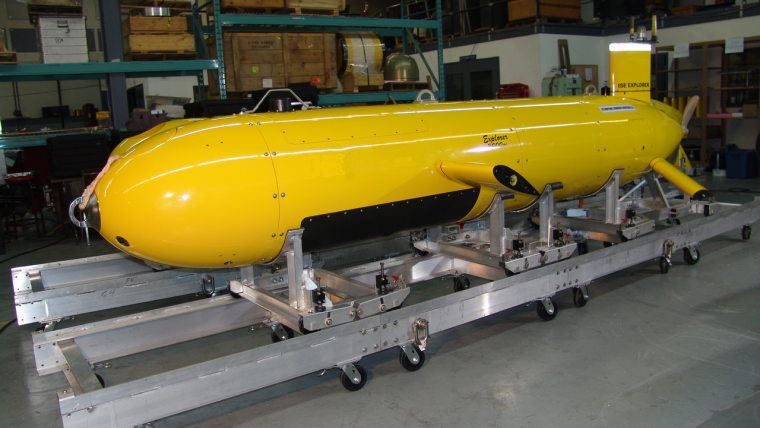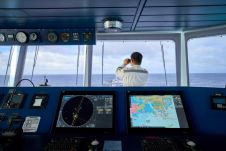Underwater Robot to Sample Below Antarctic Ice Shelves
An underwater robot that will help scientists answer important questions about the Antarctic is due to arrive at the University of Tasmania in Tasmania in early 2017, thanks to a contract awarded to International Submarine Engineering (ISE). Capable of diving to depths of 5,000 metres and travelling over 100 kilometres under metres of thick ice, the ‘Explorer’ class autonomous underwater vehicle (AUV) will be programmed to collect data on research missions.
In an innovative development, it will also be customised to collect sediment samples from below ice shelves; helping scientists to explore new parts of the Antarctic environment—and understand its impact on the global climate.
AUV for Challenging Under-ice Conditions
The AUV is funded by the Antarctic Gateway Partnership—an AUD24 million Special Research Initiative of the Australian Research Council that aims to provide new insights into the role of Antarctica and the Southern Ocean in the global climate system—and by the Australian Maritime College (AMC), a specialist institute of the University of Tasmania. AUV coordinator Peter King said ISE’s Explorer is engineered for deployment in challenging, under-ice conditions. At seven metres long and weighing around two tonnes, it can travel over 140km—or for 24 hours—without needing to be re-charged.
The engineering team will fit it with a full suite of instruments, including a tool for collecting samples from below thick ice shelves.
According to AUV researcher, Dr Damien Guihen, the features of the Explorer will help further scientists’ understanding of the Antarctic environment. The new AUV will allow the University of Tasmania to answer important questions about the past, present and future of the Antarctic continent and fringing ice shelves, as well as their role in the global climate system.














